Lacecap Hydrangea Varieties That Will
Lacecap Hydrangea Varieties That Will Wow Your Garden
Lacecap hydrangeas are a beautiful and versatile type of hydrangea that can add a touch of elegance to any garden. They are characterized by their delicate flowers, which are arranged in a circular pattern around a central cluster of florets. The color of the flowers can vary depending on the variety, but they typically range from pink to blue to white.
Lacecap hydrangeas are relatively easy to care for and can thrive in a variety of conditions. They prefer full sun to partial shade and moist, well-drained soil. They are also relatively drought tolerant once established.
If you are looking for a hydrangea that will add beauty and interest to your garden, lacecap hydrangeas are a great option. Here are a few of the most popular varieties:
- Hydrangea macrophylla 'Bluebird' is a popular variety that produces sea-blue flowers with a white center. It is hardy in zones 4-9 and can grow up to 6 feet tall and 5 feet wide.
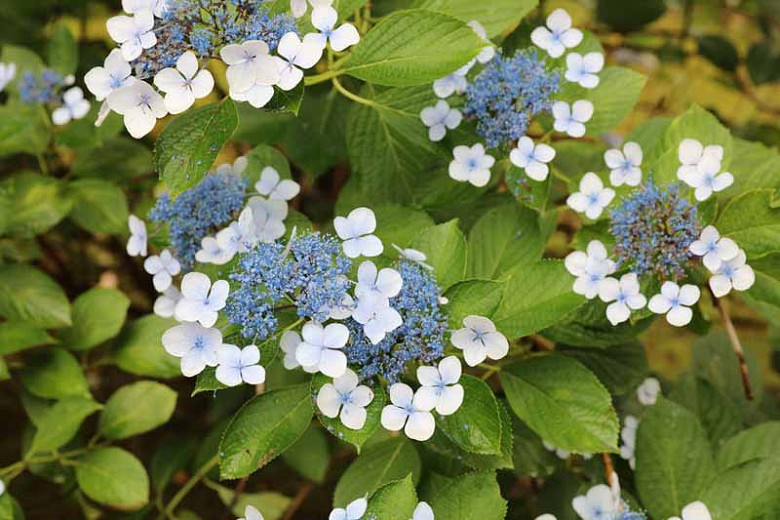
- Hydrangea macrophylla 'Zorro' is a deep blue variety with strong, upright stems and reddish fall foliage. It is hardy in zones 4-8 and can grow up to 6 feet tall and 4 feet wide.
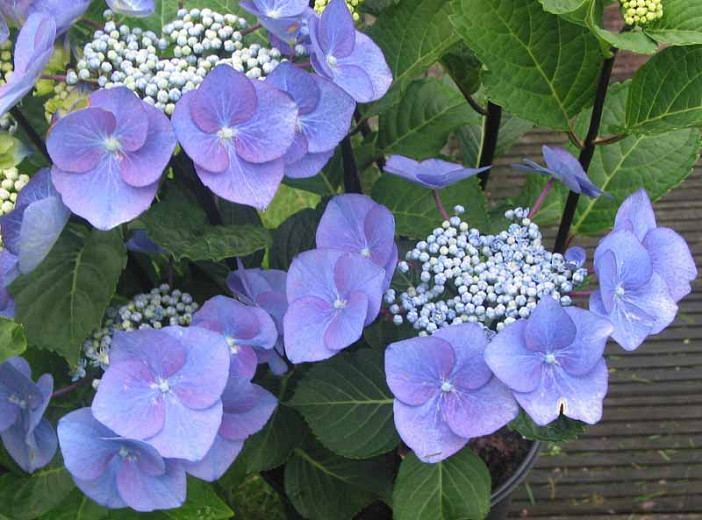
- Hydrangea macrophylla 'Lanarth White' is a white variety with a delicate lacecap flower. It is hardy in zones 5-9 and can grow up to 4 feet tall and 3 feet wide.
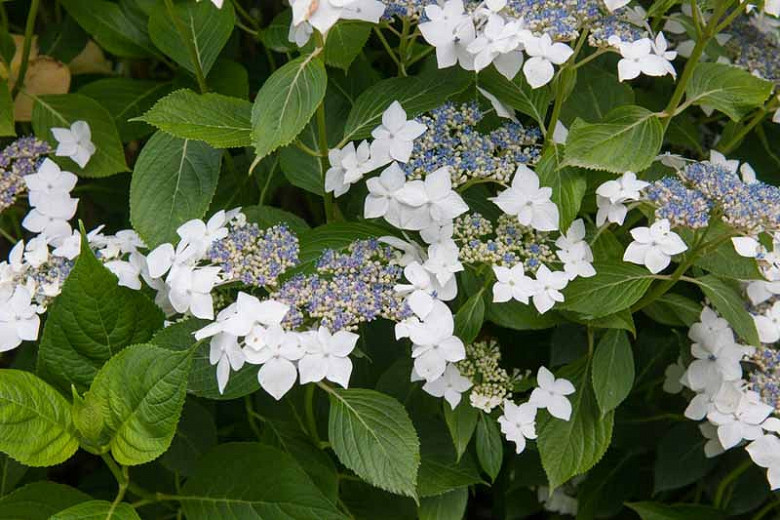
- Hydrangea macrophylla 'Endless Summer' is a reblooming variety that produces flowers from early summer to fall. It is hardy in zones 4-9 and can grow up to 5 feet tall and 4 feet wide.
- Hydrangea macrophylla 'Twist-n-Shout' is a compact variety that produces pink or blue flowers with a twisted flower head. It is hardy in zones 4-9 and can grow up to 3 feet tall and 3 feet wide.

These are just a few of the many lacecap hydrangea varieties available. When choosing a variety, consider the size of your garden, the amount of sunlight it receives, and the desired color of the flowers.
With proper care, lacecap hydrangeas can provide years of beauty and enjoyment. Here are a few tips for caring for lacecap hydrangeas:
- Plant lacecap hydrangeas in a location that receives full sun to partial shade.
- Amend the soil with compost or other organic matter before planting.
- Water lacecap hydrangeas regularly, especially during hot, dry weather.
- Fertilize lacecap hydrangeas with a balanced fertilizer in the spring.
- Prune lacecap hydrangeas in the spring, just as the new growth begins.
With a little care, lacecap hydrangeas will thrive in your garden for years to come.
Lacecap hydrangeas are a beautiful and versatile type of hydrangea that can add a touch of elegance to any garden. With their delicate flowers and cascading blooms, lacecap hydrangeas are sure to turn heads.
There are many different varieties of lacecap hydrangeas, each with its own unique look. Some popular varieties include:
- Bluebird: This variety has sea-blue florets surrounding a large cluster of rich blue flowers.
- Zorro: This variety has deep blue flowers on strong and upright purple-black stems.
- Lanarth White: This variety has white florets in a marginal ring around a cluster of light pink or blue flowers.
- Lady in Red: This variety has a compact (two feet tall by three feet wide) growth habit and red stems and red-veined leaves.
If you're looking for a lacecap hydrangea for your garden, is a great resource for more information. You can find pictures and descriptions of all the different varieties, as well as tips on how to grow and care for them.
FAQ of lacecap hydrangea varieties
- What are the different types of lacecap hydrangeas?
There are many different types of lacecap hydrangeas, each with its own unique characteristics. Some of the most popular varieties include:
* 'Annabelle': This variety is known for its large, white flowers that bloom in the summer.
* 'Limelight': This variety has lime green flowers that turn pink or blue depending on the acidity of the soil.
* 'Bluebird': This variety has sea-blue florets surrounding a large cluster of rich blue flowers.
* 'Zorro': This variety has deep blue flowers on strong and upright purple-black stems.
* 'Lanarth White': This variety has white florets in a marginal ring around a cluster of light pink or blue flowers.
- How do I care for a lacecap hydrangea?
Lacecap hydrangeas are relatively easy to care for, but they do have a few specific requirements. They need to be planted in moist, well-drained soil that is slightly acidic. They also need full sun or partial shade. In the spring, you can fertilize them with a balanced fertilizer. To encourage blooms, you can prune them in the early spring.
- What is the best time to plant a lacecap hydrangea?
The best time to plant a lacecap hydrangea is in the spring or fall. If you plant it in the spring, it will have time to establish itself before the first frost. If you plant it in the fall, it will have time to get its roots established before the ground freezes.
- How long do lacecap hydrangeas live?
Lacecap hydrangeas can live for many years, with some varieties living for up to 50 years. With proper care, they can provide beautiful blooms for many years to come.
- What are some common pests and diseases that affect lacecap hydrangeas?
Lacecap hydrangeas are susceptible to a few common pests and diseases, including:
* Aphids: Aphids are small, sap-sucking insects that can damage the leaves and flowers of lacecap hydrangeas. You can control aphids with insecticidal soap or neem oil.
* Scale insects: Scale insects are small, sap-sucking insects that attach themselves to the stems and leaves of lacecap hydrangeas. You can control scale insects with insecticidal soap or horticultural oil.
* Leaf spot: Leaf spot is a fungal disease that can cause brown or black spots to develop on the leaves of lacecap hydrangeas. You can control leaf spot with a fungicide.
Image of lacecap hydrangea varieties
- Annabelle Hydrangea is a popular variety of lacecap hydrangea that is known for its large, flat flowers that bloom in white or pink. It is a hardy plant that can tolerate a range of conditions, making it a good choice for many gardens.
- Limelight Hydrangea is another popular variety of lacecap hydrangea that is known for its bright green flowers that bloom in summer. It is a relatively new variety, but it has quickly become a favorite among gardeners.
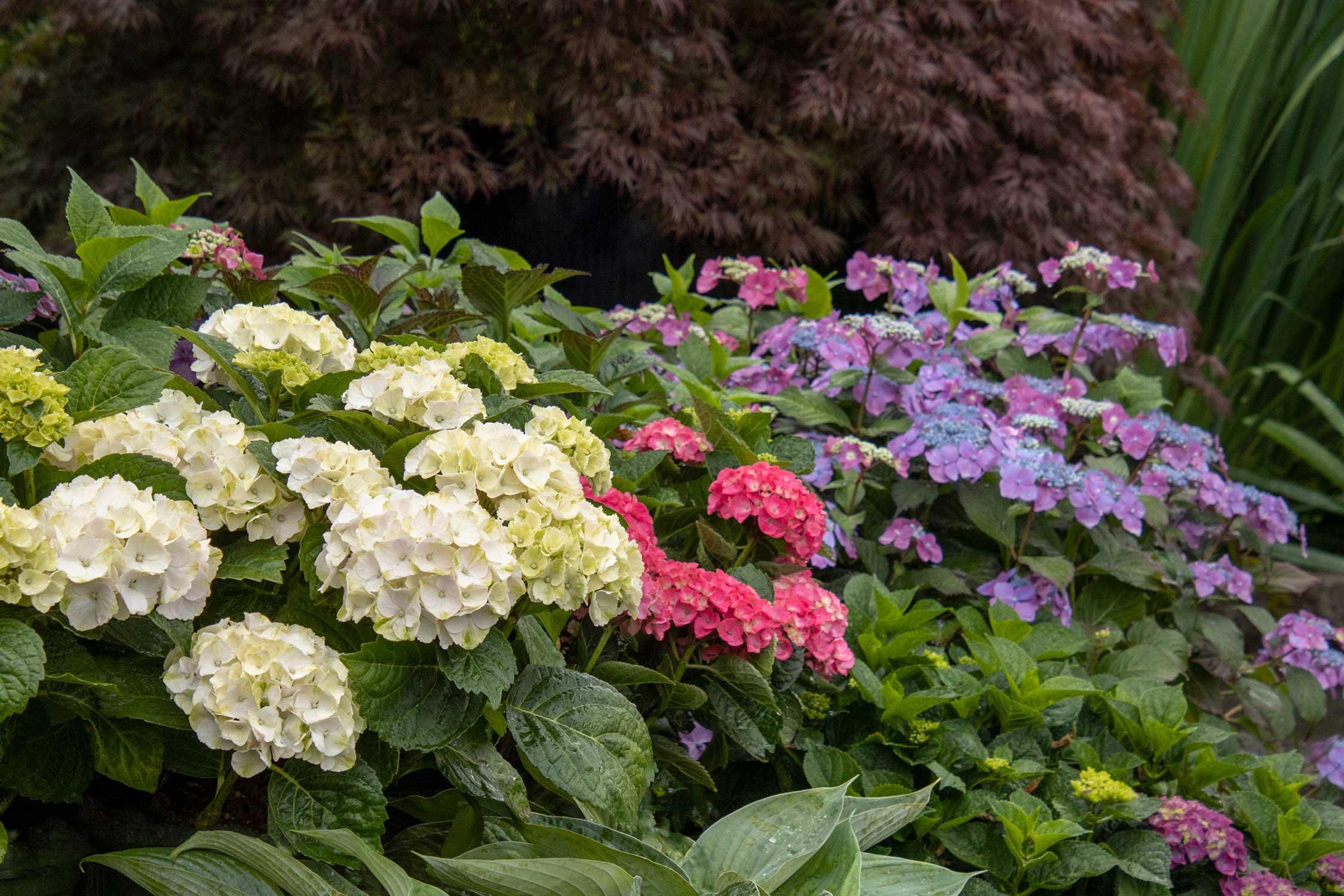
- PeeGee Hydrangea is a large, deciduous shrub that is known for its lacecap flowers that bloom in white, pink, or blue. It is a relatively slow-growing plant, but it can eventually reach a height of 10 feet.
- Serrata Hydrangea is a smaller variety of lacecap hydrangea that is known for its serrated leaves and lacecap flowers that bloom in white, pink, or blue. It is a relatively hardy plant that can tolerate a range of conditions, making it a good choice for many gardens.
- Unique Hydrangea is a unique variety of lacecap hydrangea that is known for its flowers that can change color from white to pink to blue. It is a relatively slow-growing plant, but it can eventually reach a height of 6 feet.

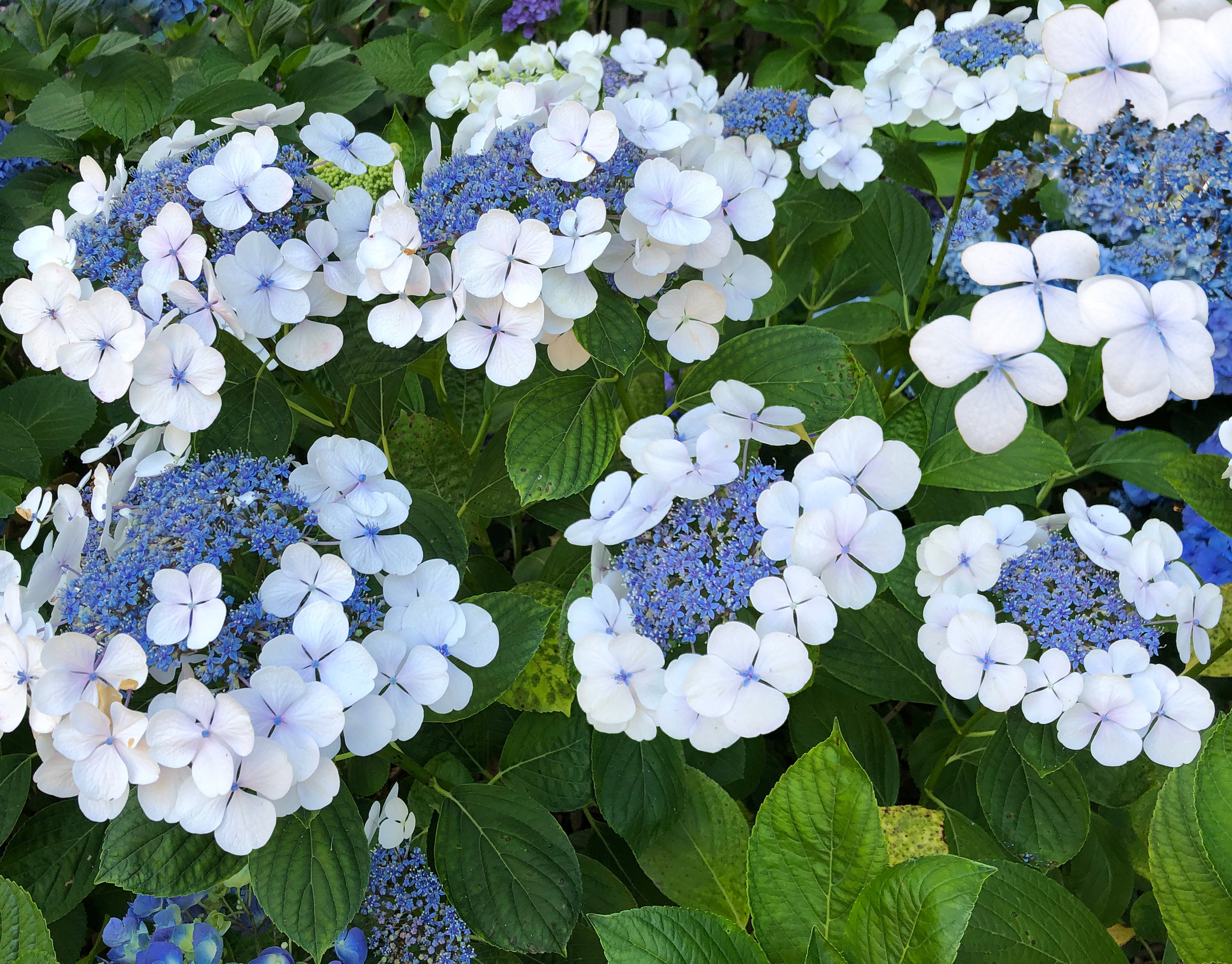
Post a Comment for " Lacecap Hydrangea Varieties That Will"